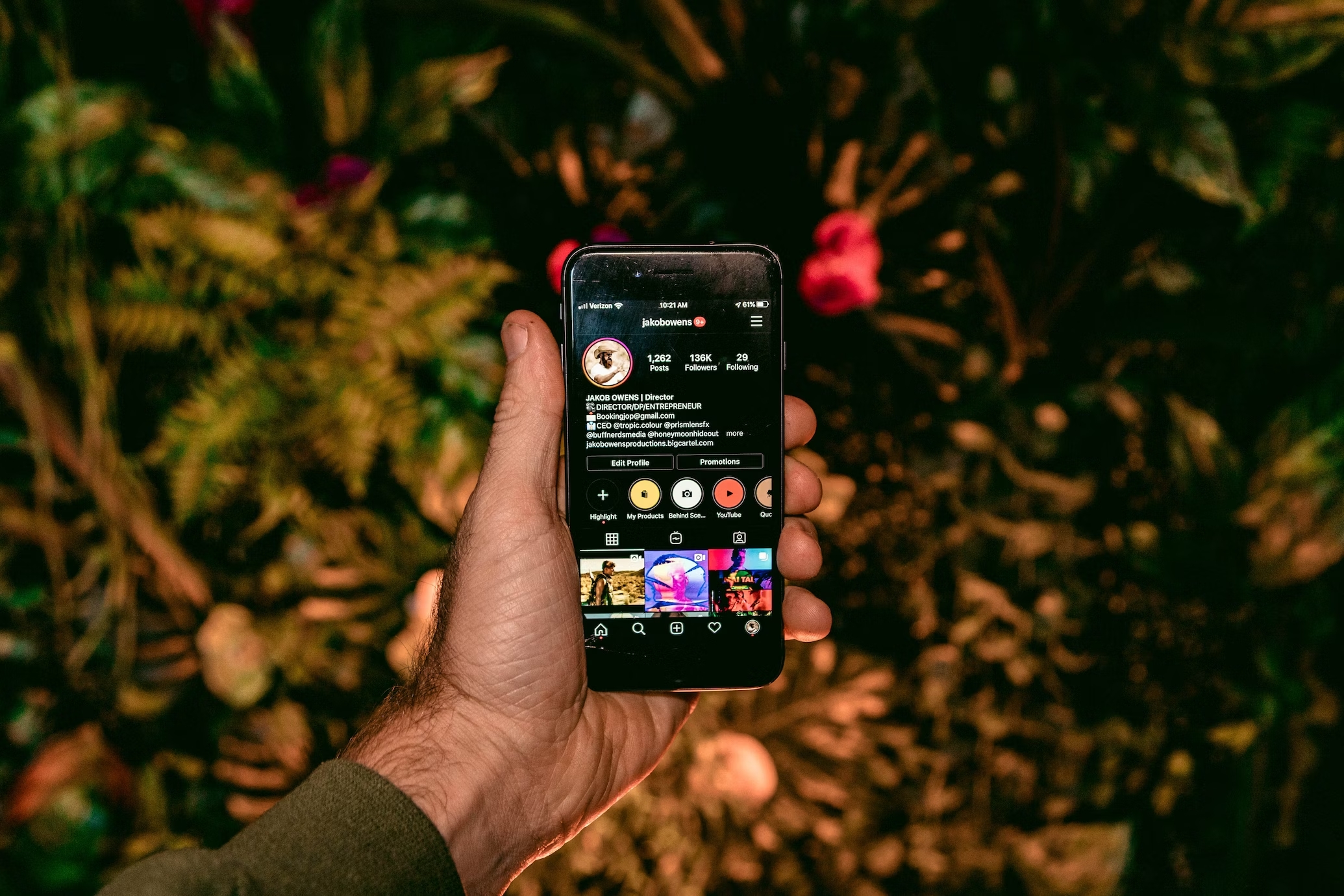
Influencer Marketing for Local and Global Reach
In today’s digital landscape, influencer marketing has emerged as a powerful strategy for brands to connect with their target audiences. It enables companies to tap into the trust and authenticity that influencers carry with their followers. However, the diversity of the global market presents a unique challenge: how do you effectively tailor influencer marketing for local and global reach? This comprehensive guide explores the nuances of influencer marketing in various markets, from understanding cultural differences to leveraging technology for maximum impact.
Influencer Marketing in Today’s World
In the past decade, influencer marketing has skyrocketed in popularity. The primary reason behind this surge is the immense power influencers hold in shaping consumer behaviour. They create authentic connections with their followers, and these connections translate into trust and influence over purchasing decisions. Understanding the growth of influencer marketing and its role in local and global reach sets the stage for the following discussions.
Differences in Local and Global Markets
Local and global reach presents a stark contrast in terms of culture, language, and preferences. When tailoring influencer marketing, you need to acknowledge these disparities. Local markets require deep cultural understanding, language proficiency, and insights into local preferences. In contrast, global markets are diverse, necessitating cultural sensitivity and an ability to connect across borders. Market research and audience segmentation are essential to effectively address these differences.
Tailoring Influencer Marketing for Local Audiences
To effectively reach local audiences, you must engage with influencers who resonate with the culture. These influencers are individuals who not only have a significant following but also share a deep connection with the local community. They should reflect the values, interests, and trends that are prevalent in that specific region.
Crafting content that speaks to local preferences is essential. This means understanding the local language and idioms, addressing issues and topics that matter to the local audience, and showcasing an authentic understanding of their way of life. By doing so, you can create content that feels relatable and relevant to the local audience.
Staying on top of regional trends is equally crucial. It’s not enough to just understand the culture; you must also be aware of what’s currently trending in the local market. This involves being updated on local news, social media trends, and cultural events. By incorporating these trends into your content, you can make it more timely and engaging for the local audience.
Additionally, leveraging local platforms is a powerful strategy. Each region may have its own preferred social media platforms, websites, or forums. Engaging with influencers on these local platforms can help you reach a broader local audience. These influencers often have a more established presence on these platforms and can provide valuable insights into the local market.
Navigating the Complexities of Global Influencer Marketing
Global influencer marketing is indeed a complex endeavour that requires a nuanced approach. It involves reaching out to a diverse, often geographically dispersed audience with varying cultures, languages, and preferences. Here’s an in-depth look at the complexities involved:
Finding Influencers with Cross-Cultural Appeal
Identifying influencers who can resonate with diverse cultures and audiences is a significant challenge. These global influencers should possess a unique ability to transcend cultural boundaries and connect with people from different backgrounds. It often involves a deep understanding of not just one culture, but several.
Striking the Balance Between Cultural Sensitivity:
When creating global influencer marketing campaigns, your strategies must strike a delicate balance between cultural sensitivity and universality. Content that is too culture-specific might alienate some segments of your global audience. On the other hand, content that is too generic might fail to engage with the local nuances of each market. Striking this balance requires a deep understanding of the cultural nuances in each region and crafting content that is universally appealing while still respecting local sensitivities.
Overcoming Language Barriers
One of the most significant challenges in global influencer marketing is dealing with language barriers. While English may be a lingua franca, it’s crucial to create content in multiple languages or employ translation services to ensure your message is accurately conveyed. You also need to pay attention to the tone, idioms, and cultural references specific to each language.
Adapting to Localization Challenges
Localization is the process of adapting your content and marketing strategies to suit a particular region or culture. It involves not just language, but also visual elements, cultural references, and even timing. The timing of a campaign, for example, may vary due to cultural events or holidays specific to a region. Overcoming these localization challenges requires careful planning and a deep understanding of each local market.
Tools and Technology for Efficient Global Campaigns
In the digital age, the toolbox for influencer marketing has expanded significantly, offering advanced tools and technology that can substantially improve your campaigns. Here’s a closer look at how these resources can enhance your influencer marketing strategies:
Influencer Marketing Platforms
These platforms serve as command centres for influencer campaigns. They provide you with tools to identify influencers, analyze their performance, and manage collaborations. Many of these platforms offer databases of influencers from various niches and regions, making it easier to find the right fit for your campaign. They also facilitate communication, contract management, and campaign tracking, streamlining the entire process.
AI-Driven Data Analytics
Artificial intelligence (AI) and data analytics have revolutionized influencer marketing. AI can sift through vast amounts of data to identify trends, influencer performance, and audience behaviour. Data analytics allow you to make informed decisions, such as selecting the right influencers, optimizing content, and measuring the ROI of your campaigns. By harnessing AI-driven data analytics, you gain valuable insights into how to target diverse markets more efficiently.
Audience Segmentation Tools
Effective influencer marketing relies on precise audience segmentation. These tools allow you to categorize your audience based on demographics, interests, and behaviour. You can create highly targeted campaigns tailored to the preferences of specific market segments, ensuring that your message resonates with different groups within your audience.
Performance Monitoring and Analytics Tools
Tracking the performance of your influencer marketing campaigns is crucial. These tools provide real-time data on engagement, reach, and conversions. They help you understand what’s working and what needs adjustment, enabling you to fine-tune your strategies for different markets.
Content Collaboration Platforms
Collaboration between brands and influencers can be made more efficient through these platforms. They facilitate content creation, approval, and distribution, ensuring a smooth workflow. Brands can provide guidelines and influencers can submit content for review. This streamlines the content creation process and ensures that the final output aligns with your brand’s goals and values.
Social Listening and Monitoring Tools
In an age where trends and discussions are constantly evolving on social media, social listening and monitoring tools allow you to stay updated on what’s happening in different markets. They track mentions, hashtags, and keywords related to your brand and industry, helping you to identify opportunities for timely and relevant campaigns.
The Future of Influencer Marketing for Diverse Markets
The world of influencer marketing is dynamic, constantly adapting to new technologies, shifting consumer behaviours, and emerging trends. In this final section, we take a closer look at the ever-evolving landscape of influencer marketing, exploring emerging trends for both local and global audiences.
Evolving Role of Technology
Technology plays an increasingly crucial role in influencer marketing. As the digital sphere advances, we see the rise of virtual influencers, AI-driven content generation, and immersive experiences through technologies like augmented reality (AR) and virtual reality (VR). Staying on the cutting edge of technological advancements can give your influencer marketing campaigns a significant edge.
Data-Driven Insights
Data is the backbone of influencer marketing. It empowers brands to make informed decisions about influencer selection, content strategies, and audience engagement. Also, the use of advanced data analytics tools allows for more accurate ROI measurement, improved targeting, and a deeper understanding of consumer behaviour. This data-driven approach ensures campaigns are more efficient and effective.
Importance of Adaptability and Agility
The influencer marketing field is marked by its fluidity. Also, trends, platforms, and audience preferences change rapidly. Brands and marketers must remain adaptable and agile to stay relevant. Therefore, this includes the ability to pivot quickly in response to market shifts, leverage emerging social media platforms, and align influencer strategies with the ever-changing cultural and consumer landscapes in local and global reach.
Local and Global Synergies
Another emerging trend is the synergy between local and global influencer marketing. Brands are recognizing the value of influencer partnerships that appeal to local audiences while still resonating on a global scale. Collaborations between regional influencers and those with cross-cultural appeal are becoming more prevalent.
Sustainability and Social Responsibility
Influencer marketing is also being used as a tool for promoting sustainability and social responsibility. Also, brands are partnering with influencers who share their values and are advocating for social and environmental causes. Thus, this not only aligns with the broader trends in conscious consumerism but also enhances a brand’s reputation.
Micro-Influencers on the Rise
Micro-influencers, individuals with smaller but highly engaged followings, are gaining prominence. They often have more authentic and personal connections with their audiences. Also, collaborating with micro-influencers can provide brands with a cost-effective means to reach local and niche markets.
In this dynamic field, it’s vital for brands and marketers to remain flexible and open to change. As influencer marketing evolves, keeping an eye on these emerging trends can help you adapt your strategies to effectively reach local and global audiences. So, staying ahead of the curve in technology, embracing data-driven decision-making, and fostering adaptable and agile campaigns are key to success in this ever-changing landscape.
Conclusion
In the global marketplace, the ability to tailor influencer marketing to reach diverse markets is a valuable skill. As you’ve seen, influencer marketing is not a one-size-fits-all solution. Also, it requires deep cultural understanding, regional insights, and the ability to connect authentically with local and global audiences. By applying the insights gained from this guide, you can create influencer marketing campaigns that effectively engage and influence diverse markets.
Also, effective influencer marketing for local and global reach is a continuous learning process, demanding your adaptability and an awareness of the evolving landscape. So, stay attuned to the trends and technology in this field, and you’ll be better equipped to tailor your influencer marketing for success in any market.
